AI Popular Science – 9
Internet of Things Technology

Introduction


Welcome to the AI Popular Science series! In recent years, the concept of “Internet of Things” has entered our lives as a new term. What exactly is the “Internet of Things”? This issue will delve into the history of the development of Internet of Things technology, exploring its concepts and applications.


1. Concept of the Internet of Things


The origin of the Internet of Things development can be traced back to a lipstick. In 1999, a brand manager at Procter & Gamble in the UK proposed installing chips in lipsticks to solve the problem of stockouts on store shelves, allowing real-time transmission of sales information from the store to the backend. This capability, which enables information transfer and control between objects, was named the Internet of Things.
Internet of Things (IoT) refers to the connection of any object to the network through information sensing devices, according to agreed protocols, allowing objects to exchange and communicate information through information transmission media to achieve intelligent identification, positioning, tracking, and supervision functions. In simple terms, IoT technology can comprehensively apply various devices to realize information transfer and control between objects and between people and objects.
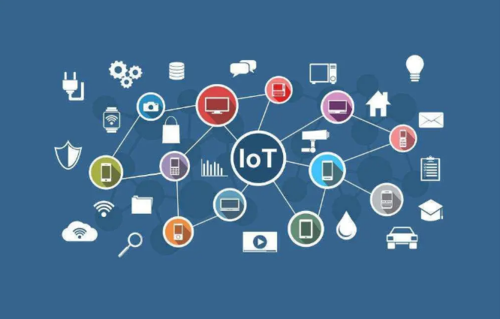
Based on the explanations of the concept of the Internet of Things by various authoritative experts at home and abroad, it can be divided into three levels: the perception layer, the network layer, and the application layer. The perception layer consists of various sensors, akin to human sensory organs, primarily responsible for information collection, conversion, and aggregation; the network layer, also known as the transmission layer, can be divided into access networks and transmission networks, mainly completing access and transmission functions, serving as the data pathway for information exchange and transmission; the application layer includes various terminal devices, addressing information processing and human-machine interface interaction issues. The main function of this layer is to process the data transmitted from the network layer and interact with people through various devices.


2. The Internet of Things and Artificial Intelligence


The Internet of Things and artificial intelligence technologies are closely related and complement each other. On one hand, during the operation of the perception layer of the Internet of Things, technologies such as image recognition and voice recognition in artificial intelligence greatly enhance the precision and accuracy of the data collected by various sensing devices; on the other hand, the Internet of Things provides broader data capture capabilities for the three essential elements of artificial intelligence development (data, algorithms, and computing power).


3. Applications of the Internet of Things


01
Typical Application Scenarios
After exploring the relationship between the Internet of Things and artificial intelligence, let’s look at typical application scenarios of the Internet of Things:
Currently, IoT technology is widely applied in smart transportation, smart buildings, smart logistics, smart agriculture, smart healthcare, and smart homes. In smart transportation, vehicle-road collaboration is achieved through real-time interaction between vehicles, people, and roads; in the smart home sector, the Internet of Things enables information exchange and intelligent control between household appliances.
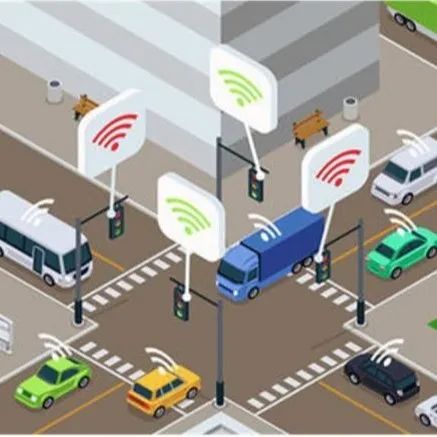
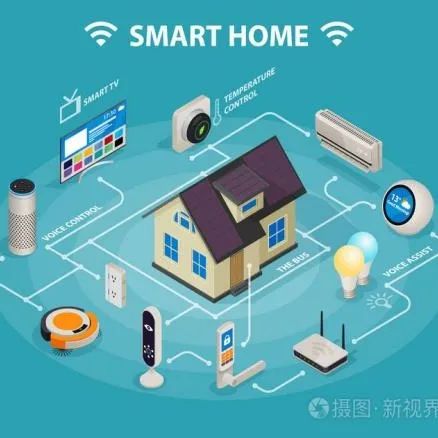
Smart Transportation and Smart Homes
02
Typical Applications of the Integration of IoT and AI
Furthermore, based on the core foundational technologies of the Internet of Things, the application of artificial intelligence technologies used in the Internet of Things is becoming increasingly widespread, marking a significant development prospect in the field of IoT applications. Currently, the artificial intelligence technologies that are widely applied in the Internet of Things and have achieved good results mainly include four types: autonomous driving technology, retinal display technology, 3D holographic projection technology, and voice processing technology. These four technologies can effectively enhance the professionalism and intelligence of the Internet of Things, playing a crucial role in expanding the application scope of IoT in the market.
[Tip] Teachers registered on the Guangzhou Artificial Intelligence Teaching Platform are welcome to scan the code to log in to the Teacher Growth Space to watch explanatory videos and learn more about IoT-related knowledge.
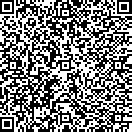
[Textbook Express]
Textbook Version: “Artificial Intelligence” – Compiled by Guangzhou Education Research Institute
Grade 5, Volume 1, Lesson 1: “Internet of Things and Artificial Intelligence”
[References]
[1] Huang Changqing. Smart Wuhan. Wuhan: Yangtze River Publishing House, November 2012: 158
[2] Li Lina. Research on Artificial Intelligence Related Technologies for IoT Applications. Electronic Technology and Software Engineering, 2020(23): 11-12.
[3] 2018 IoT Industry Application Research Report
Contributed by | Resource Service Department
Edited by | Library Promotion Team
Reviewed by | Team Leader of Library Promotion Team
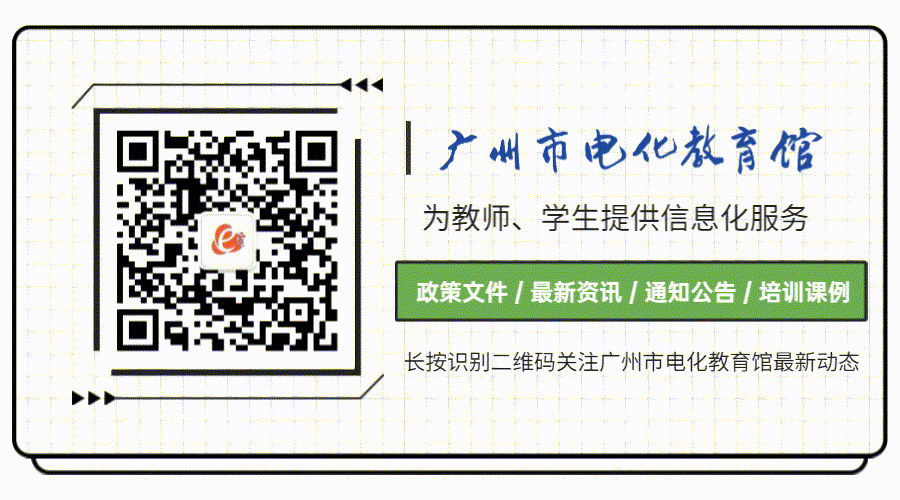

Share

Collect

Like

View